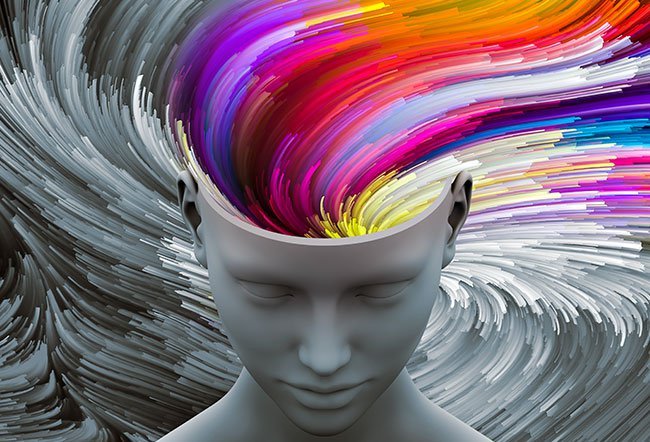What Is the Psychology of Color?

Color psychology refers to how colors affect our emotions and behaviors. Whether we are conscious of it or not, we react to different colors depending on complex interactions and factors such as:
- Personal tastes
- Family upbringing
- Cultural background
The psychology of colors is often used in marketing and advertising to evoke a desired response from a consumer. And we often use color psychology when decorating our homes and offices, using soothing colors such as lavender, gray and light blue in our bedrooms, or more vibrant primary colors in kids’ nursery rooms.
What do different colors mean?
| Warm colors | Positive associations | Negative associations |
|---|---|---|
| Red (primary) |
|
|
| Orange (secondary) |
|
|
| Yellow (primary) |
|
|
| Cool colors | Positive associations | Negative associations |
|---|---|---|
| Green (secondary) |
|
|
| Blue (primary) |
|
|
| Purple (secondary) |
|
|
| Neutral colors | Positive associations | Negative associations |
|---|---|---|
| White |
|
|
| Black |
|
|
| Gray |
|
|
| Brown and beige |
|
|
How do personal factors influence color psychology?
Personal factors that may influence the way individuals perceive and react to colors include:
- Gender: For example, both men and women may prefer blue over all colors, but men often have the strongest preference for this color. Women can generally perceive more colors and have a greater awareness of the differences among colors than men do.
- Nationality: Different nationalities are likely to react to colors differently. For example, in most cultures, yellow signifies cheerfulness and brightness. However, in China, it may have vulgar implications. In the U.S., white indicates purity and innocence, but can signify mourning or barrenness in Japan, India, China, Korea and the Middle East.
